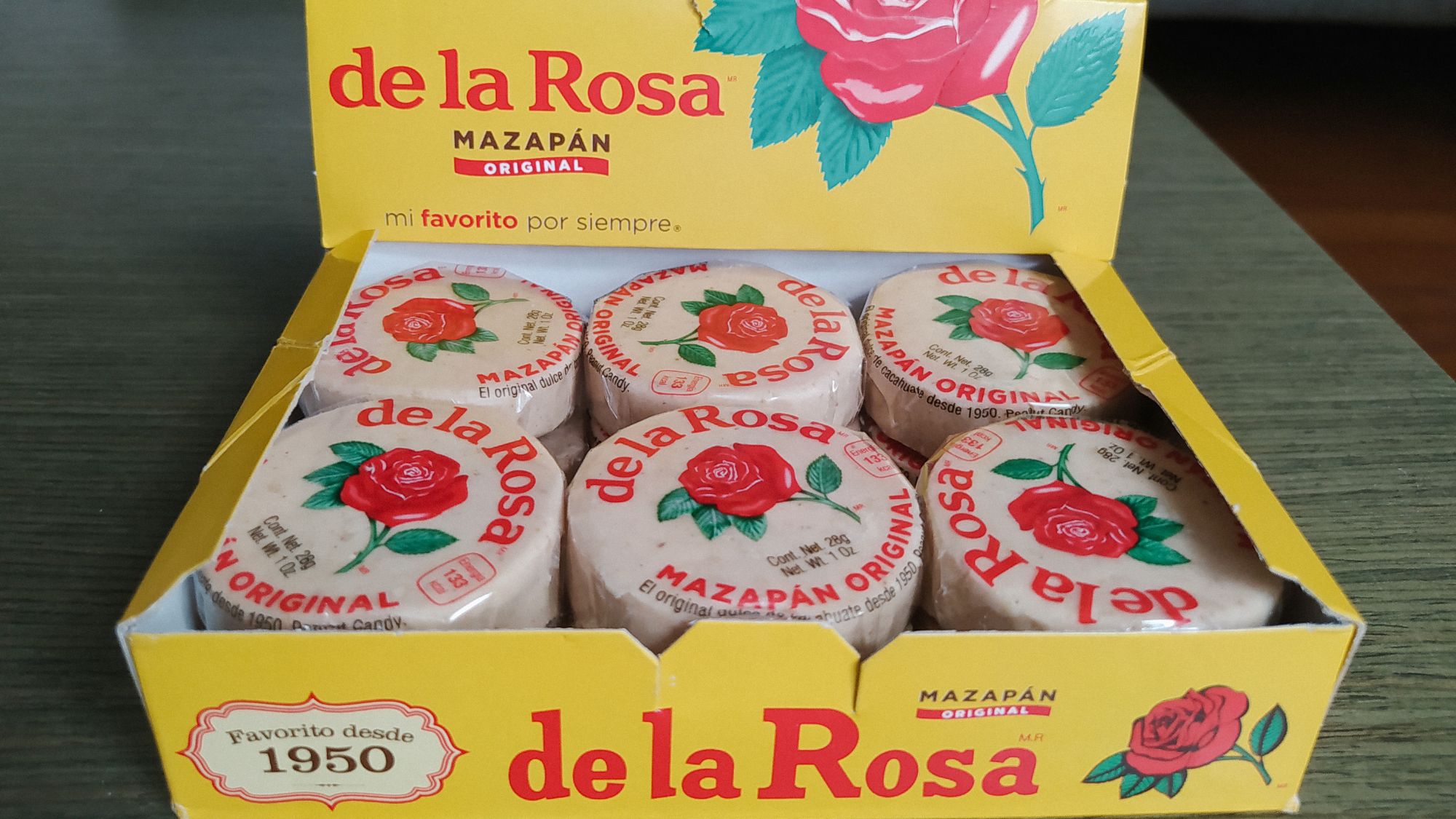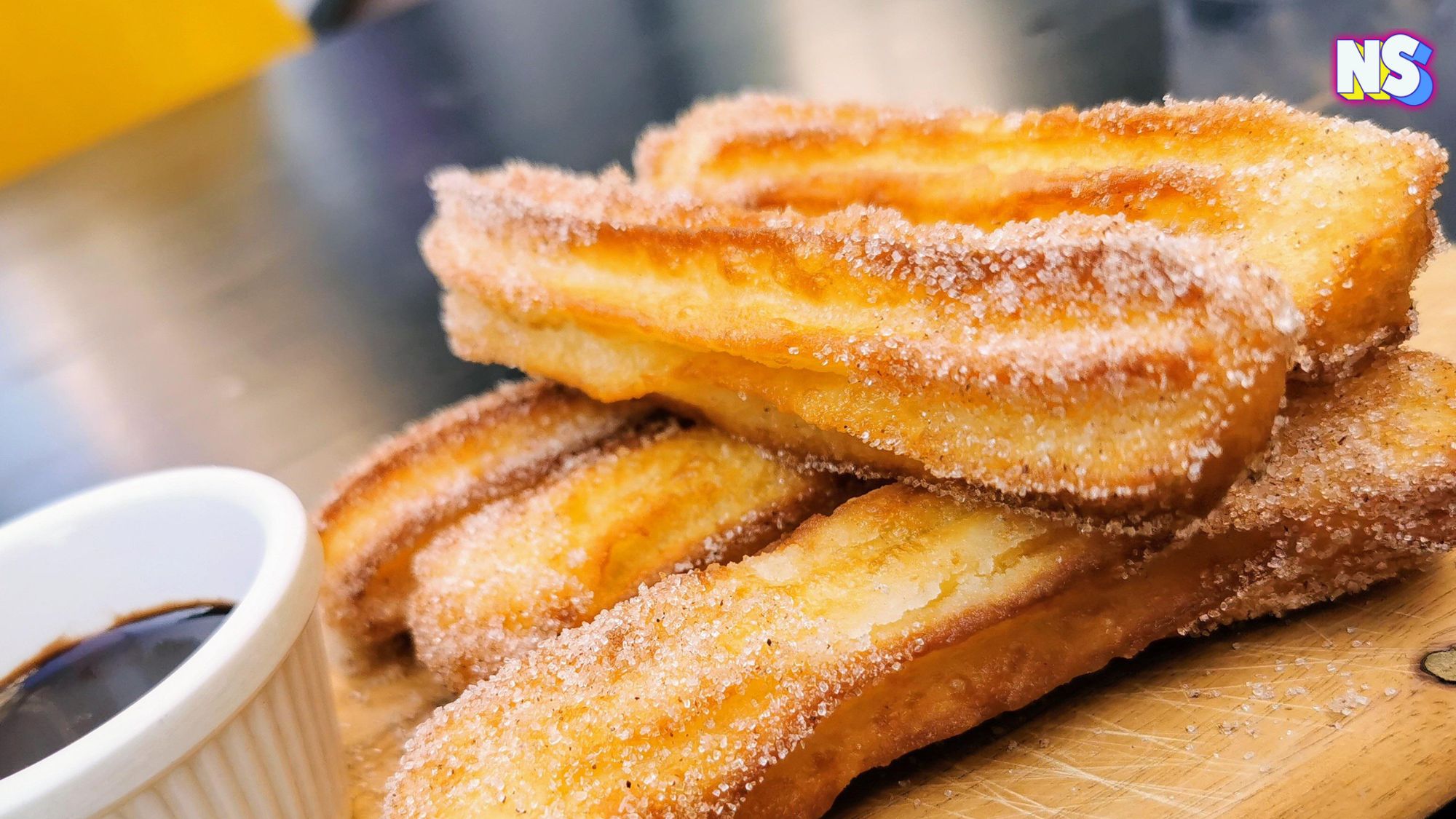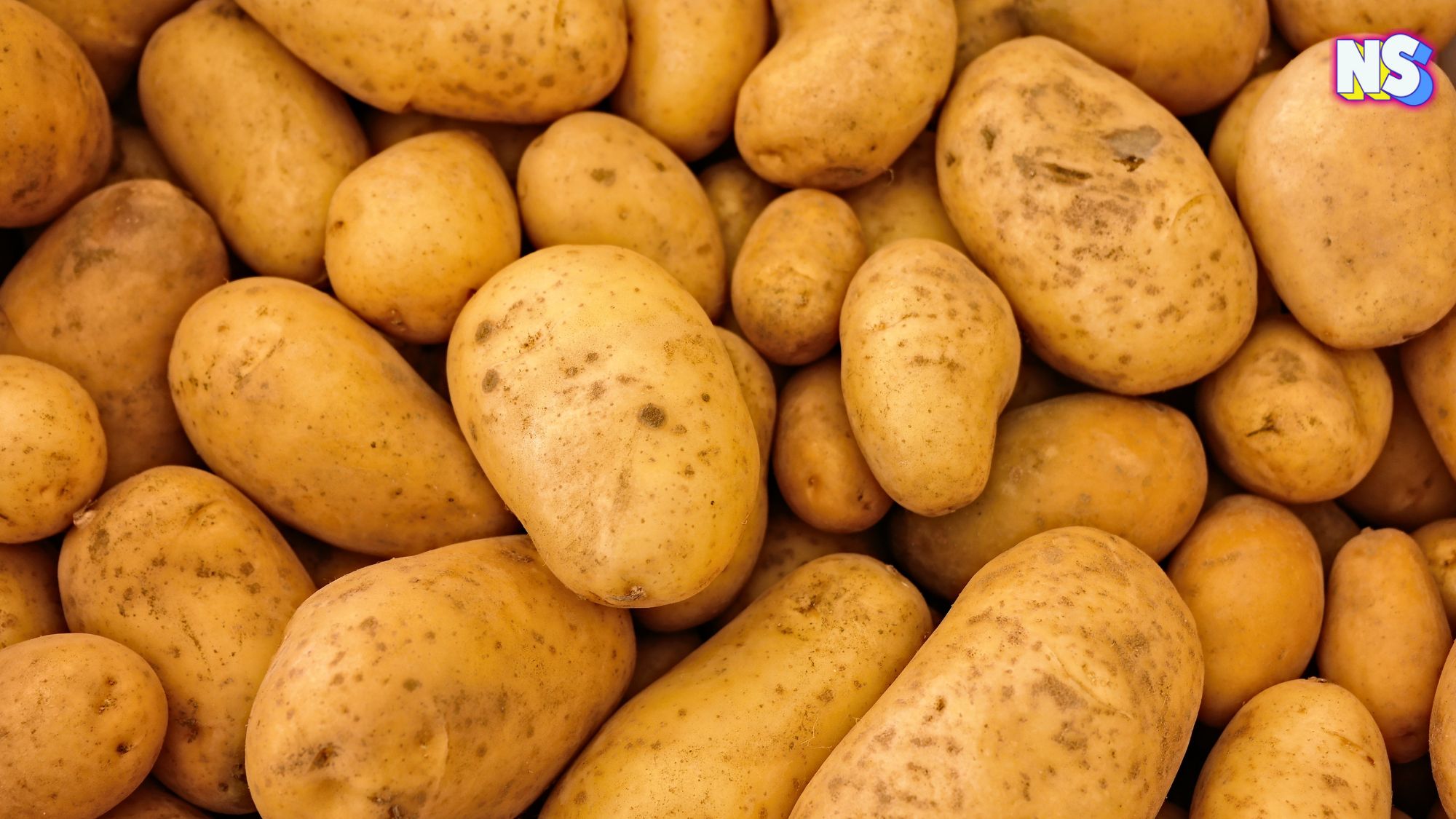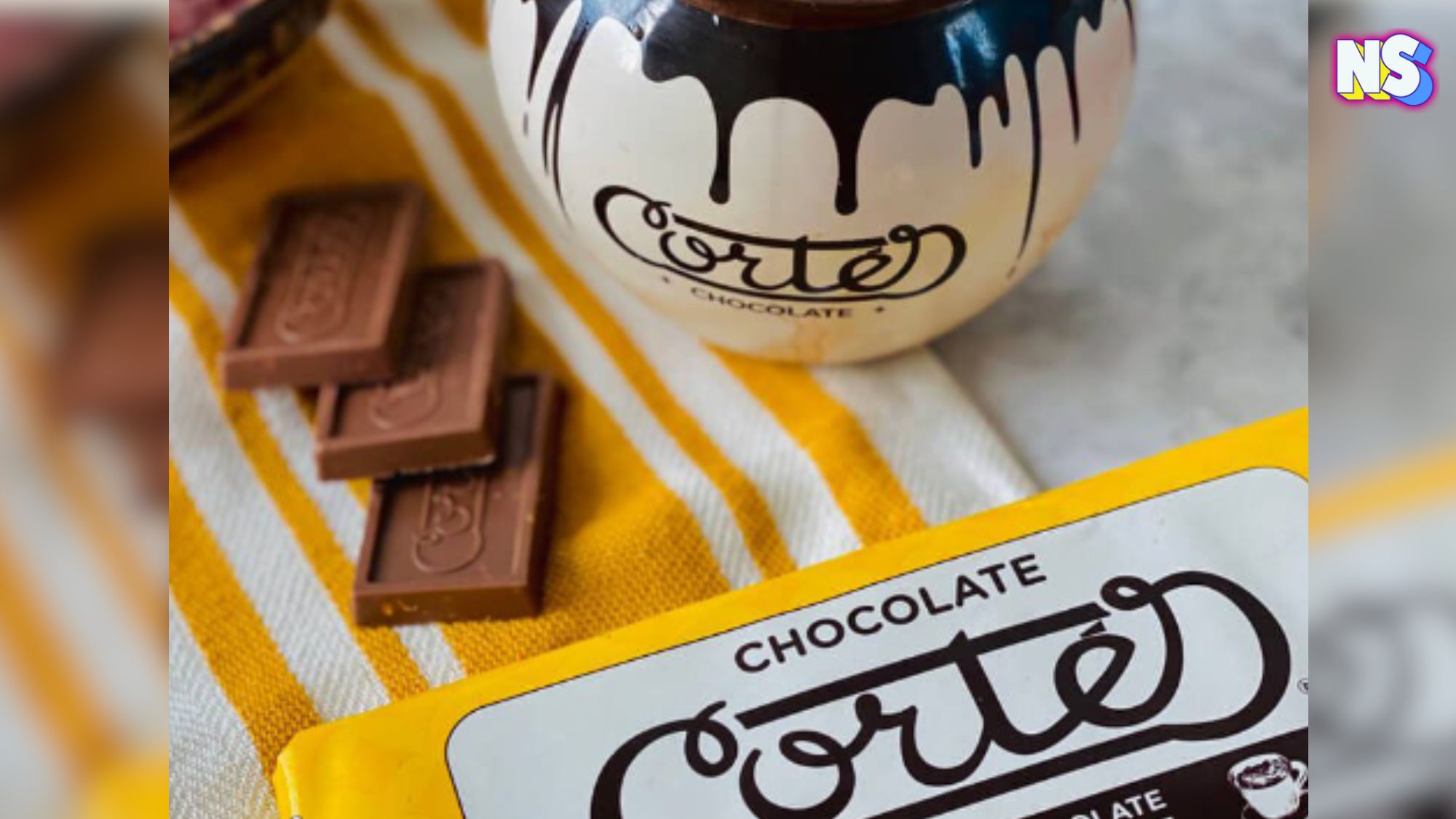If you’ve ever dared to open a Mazapan de La Rosa without breaking it, you know it’s like trying to pick up a snowflake without melting it. It’s that tricky. But it’s also a treat. You could say this candy is a trick and a treat. Are you thinking what I’m thinking? It’s perfect for Halloween!
Mazapan de La Rosa is the Perfect Crumbly Candy
Growing up, I remember my dad buying a couple from street vendors in Mexico City. He’d hand me one, and I’d carefully unwrap it as though I were handling some delicate archeological relic. One wrong move, and poof! I’d be left with a bunch of crumbs everywhere. But it was so darn delicious, and different. As an adult, I know that a mess is part of the Mazapan de La Rosa experience. But where did this crumbly candy, that stole Mexico’s (and the world’s) heart come from?
@candyisdandypod History and dissection of de la Rosa mazapan #candy #candytok #delarosa #delarosamazapan #mazapan #marzipan #mexicancandy #candyreview #candyhistory #foodreview #foodhistory #peanuts
♬ Mexico Cruise (Interlude) – DJ Zone
How Mazapan de La Rosa Stole Mexico’s Heart
Mazapan de La Rosa was created by Don Jesús Michel González, a father of 13, in the late 1940s in Guadalajara, Mexico.
“The name “De la Rosa” comes from the city of Guadalajara, known as ‘the city of roses,’” Mexican YouTuber Isaac Meiszner explains.
At the time, traditional mazapan, a European confection made from almonds, wasn’t accessible or affordable for many in North America. Almonds were expensive so the candy itself was considered a luxury.
@dulcesdelarosa Porque te lo mereces. ???? ???? #DulcesDeLaRosa #DLR #DulcesMexicanos
♬ sonido original – Dulces de la Rosa
Gonzalez recreated mazapan with a local twist, substituting almonds with peanuts, which were more abundant and affordable in Mexico. The simple recipe with peanuts became the base of Mazapán de Cacahuate, or peanut mazapan. The result was a candy with a distinct, nutty flavor and a crumbly texture that set it apart from almond-based mazapan.
RELATED POST: The VW Beetle is Mexico’s Car
The candy quickly caught on in Mexico, with its affordability and unique taste. A popular candy among people of all ages, it’s now sold at bodegas, markets, and by street vendors all over the country.
“This treat is so popular that January 12 is officially known as Mazapán Day,” Meiszner explains. “In 2018, it even earned a Guinness World Record for the largest peanut mazapán ever made, which took 100 people, 11 days, and 8,000 kilograms of ingredients. The final product measured three meters long and 1.2 meters tall.”
@denisseguzman_ decoracion de Mazapan de la rosa @Dulces de la Rosa
♬ sonido original – DorisJocelyn????
Breaking Into American Hearts
Today, it remains one of Mexico’s most cherished candies and has gained a following worldwide, especially in the United States, where it offers a nostalgic taste of home for many Mexican-Americans. And it’s a delightful discovery for new fans.
Mazapan de La Rosa can now be found in major U.S. supermarkets, specialty shops, and, of course, every gas station worth its salt from Laredo to Los Angeles. I even found some varieties of the traditional candy at a Marshalls in Miami.
Of course, as with all great things, candy and beyond, Mazapan de la Rosa has gone viral on social media. Trying to unwrap and eat just one candy has become an online challenge.
The Art of Eating Mazapan de La Rosa
Eating Mazapan de La Rosa without crumbling is something of an art form. Some people try a slow unwrapping technique, others swear by the “smash and eat” method where you give up on intact candy and just enjoy the crumbs.
@lilmocofoo Hardest mexican challenge ever ???????????? #fyp #foryou #fypシ #squidgame #viral #mexican #mazapan #funny
♬ original sound – Lilmocofoo
It’s become such a thing that fans are sharing their #MazipanChallenge or #MazapanChallenge attempts on TikTok and Instagram, often ending in a cloud of peanut dust and laughter. Some candy experts meet the challenge with no crumbs anywhere.
@directoalpaladarmx RETO Abrir un mazapán sin romperlo. @Rocio Gomez Turner @Luciallamasmartinez #tiktokfood #mazapanchallenge #cocinaentiktok #mazapan #mazapandelarosa
♬ sonido original – Directo al Paladar México
So, as you gather your Halloween haul this year, remember that somewhere in someone’s candy bag they may just have a single, innocuous-looking Mazapan de La Rosa. It’ll be waiting to unleash its peanut-flavored treat. Does the trick-or-treater know to approach the unwrapping with caution? One wrong move, and they’re in for a ghostly mess. But hey, if they manage to eat it without it crumbling, they’ve officially mastered the trickiest treat of them all.
Happy Halloween!





